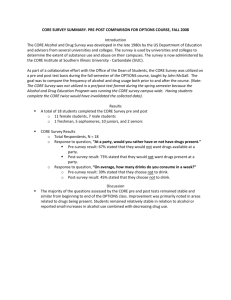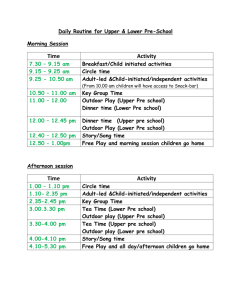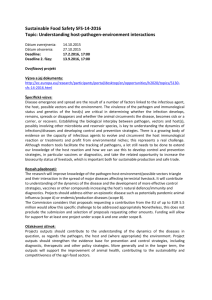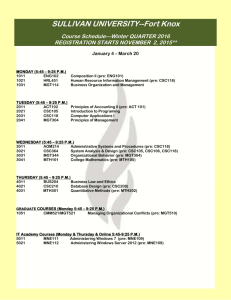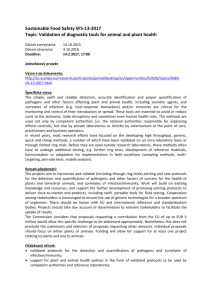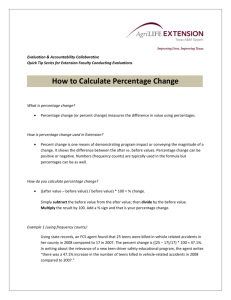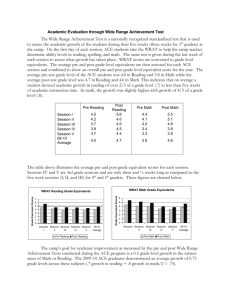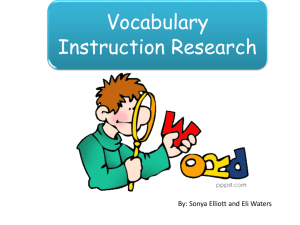living things and their environment overview
advertisement
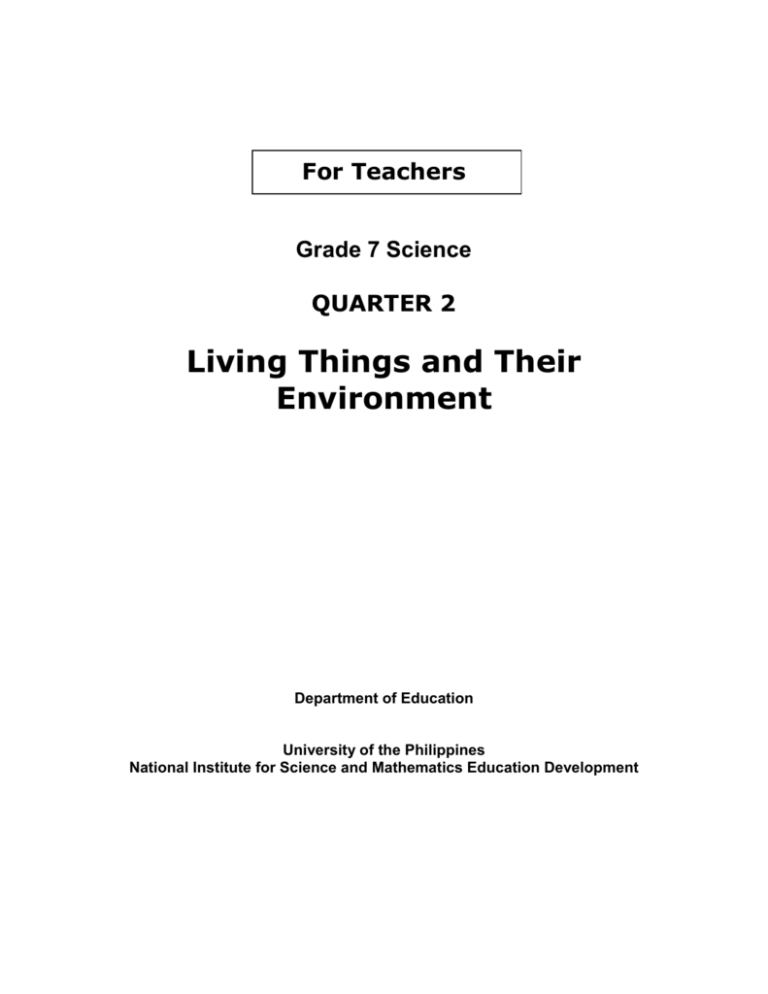
For Teachers Grade 7 Science QUARTER 2 Living Things and Their Environment Department of Education University of the Philippines National Institute for Science and Mathematics Education Development Quarter 2 Teacher’s Guide Grade 7 Science Living Things and Their Environment Maria Helen D.H. Catalan, Michael Anthony B. Mantala,Risa L. Reyes, Ma. Dulcelina O. Sebastian, Rodolfo S. Treyes, Writers. Merle C. Tan, Reviewer. Rosita R. Cruz, Wilhelmina L. Dela Paz, Cecile N. Sales, Encoders. Rizaldo Ramoncito S. Saliva, Artist. Cover design by Alvin J. Encarnacion. May 2012 CONTENTS Living Things and Their Environment: Overview Module 1. From Cell to Organism . . . . . . . . . . . . . . . . . . . . . . . . . . . . . 64 Activity 1: What makes up and organism?. . . . . . . . . . . . . . . . . . . . . Activity 2: Levels of organization in an organism . . . . . . . . . . . . . . . Pre/Post Test . . . . . . . . . . . . . . . . . . . . . . . . . . . . . . . . . . . . . . . . . . . 67 71 72 Module 2. Plant and Animal Cells . . . . . . . . . . . . . . . . . . . . . . . . . . . . . 75 Activity 1: Comparing plant and animal cells . . . . . . . . . . . . . . . . . . Activity 2: Investigating plant cells . . . . . . . . . . . . . . . . . . . . . . . . . . Pre/Post Test . . . . . . . . . . . . . . . . . . . . . . . . . . . . . . . . . . . . . . . . . . How to Use the Light Microscope . . . . . . . . . . . . . . . . . . . . . . . . . . . Pre/Post Test . . . . . . . . . . . . . . . . . . . . . . . . . . . . . . . . . . . . . . . . . . . 76 79 81 85 89 Module 3. Living Things Other Than Plants & Animals . . . . . . . . . . . . . 93 Activity 1: Are these also plants? . . . . . . . . . . . . . . . . . . . . . . . . . . . 94 Activity 2: What other living things are found in the school grounds? 98 Pre/Post Test . . . . . . . . . . . . . . . . . . . . . . . . . . . . . . . . . . . . . . . . . . . 103 Activity 3: What do these living things look like under the microscope? . . . . . . . . . . . . . . . . . . . . . . . . . . . . . . . . . . . 104 Module 4. Reproduction: The Continuity of Life . . . . . . . . . . . . . . . . . . 107 Activity 1: Can you grow new plants from “eyes”? . . . . . . . . . . . . . . Activity 2: Can one become two? . . . . . . . . . . . . . . . . . . . .. . . . . . . . Activity 3: Structure of a Gumamela flower . . . . . . . . . . . . . . . . . . . . Pre/Post Test . . . . . . . . . . . . . . . . . . . . . . . . . . . . . . . . . . . . . . . . . . . 107 108 110 112 Module 5. Interactions . . . . . . . . . . . . . . . . . . . . . . . . . . . . . . . . . . . . . . 114 Activity 1: What does it mean to be alive? . . . . . . . . . . . . . . . . . . . . . Activity 2: Housemates? Ecomates! . . . . . . . . . . . . . . . . . . . . . . . . Activity 3: Which eats what? . . . . . . . . . . . . . . . . . . . . . . . . . . . . . . . Activity 4: What to do with food wastes ?. . . . . . . . . . . . . . . . . . . . . . Pre/Post Test . . . . . . . . . . . . . . . . . . . . . . . . . . . . . . . . . . . . . . . . . . . 115 117 122 126 129 LIVING THINGS AND THEIR ENVIRONMENT OVERVIEW Science is about asking questions and looking for answers. Each of the five modules on Living Things and Their Environment for Grade 7 starts with questions that will guide students in their journey of constructing the big ideas through activities that are interspersed in the modules. The students are provided with opportunities to develop the inquiry skills as well as their critical thinking, problem solving, and communication skills. There are five modules on Life Science: Module Module Module Module Module 1: 2: 3: 4: 5: From Cell to Organism Plant and Animals Cells Living Things Other than Plants and Animals Reproduction: The Continuity of Life Interactions These modules deal with the levels of organization and diversity of living components of the environment both at the organism and ecosystem levels; the relationships among living things, and between living things and their environment; and how living things reproduce to continue their own kind. Most of the activities may be performed as groupwork while some may be performed individually or with a partner. It is strongly urged that students read the activities before performing them. It is also important that the students take note of the safety measures. There is also a pre/post test that should be administered before and after all the activities in each module have been completed. The pretest results will reveal students’ prior knowledge and alternative conceptions (if any). The posttest results will show the extent of students’ comprehension of the concepts and their capacity to demonstrate needed skills. The posttest can also uncover students’ misconceptions that need to be addressed in succeeding modules. The K to 12 curriculum spirals and increases in difficulty at each grade level so as to provide challenges appropriate to the students’ age. The tools and habits of inquiry that students will acquire will help them develop into scientifically literate and productive citizens.
